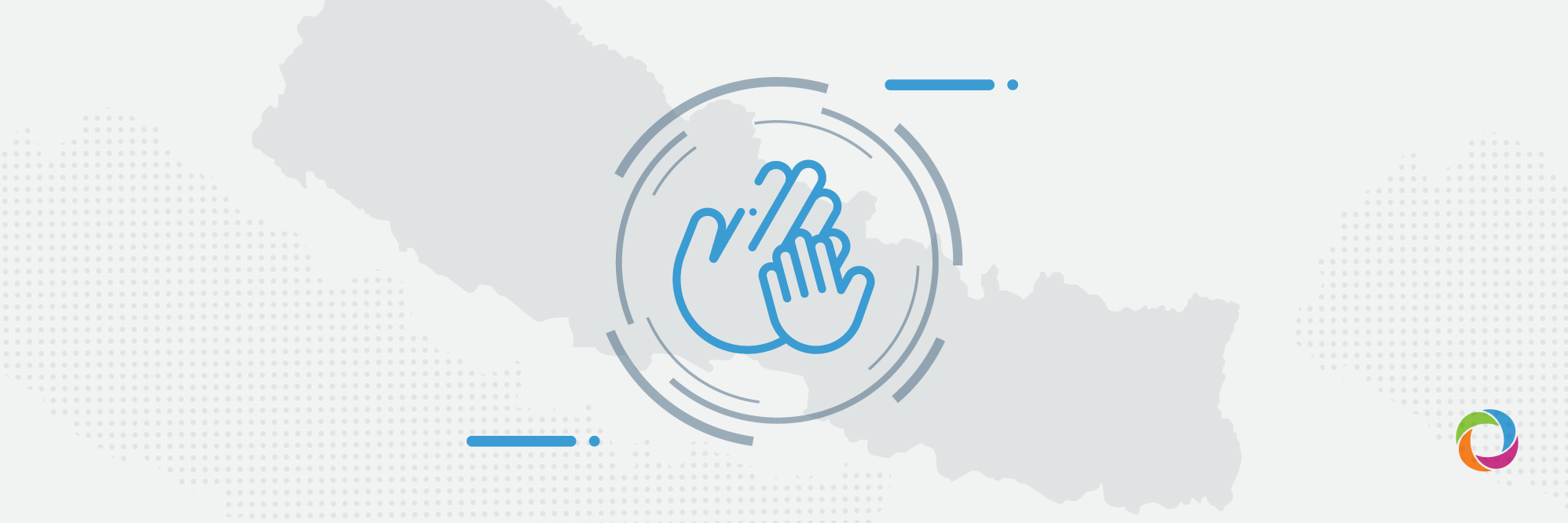While approximately 41 million children are engaged in child labor in South Asia with half of these involved in hazardous work, UNICEF’s Regional Office for South Asia has called for action to protect children from child labor and to break its links to disability.
UNICEF’s Advocacy Brief released last month stresses the urgent need to recognize the links between child labor and disability, to analyze the contributing factors involved, and to take coordinated action to address the root causes. It has also called for a strengthening of the evidence base on the connection between child labour and disability including in-depth qualitative studies that focus on specific industries, geographic areas, and vulnerable groups.
“It is even more urgent now with the COVID-19 pandemic worsening the problem of child labor as many families fall into extreme poverty. When too many children get physical, cognitive, and emotional disabilities from child labor, a large section of children with disabilities have been found to be recruited into child labor,” the advocacy brief stated. Children from poor and disadvantaged households are now at a greater risk of dropping out of school and being forced into child labor, child marriage, or falling victim to trafficking, it added.
- According to the UNICEF Advocacy Brief, worldwide 93 million children under the age of 15 are estimated to have a moderate or severe disability
- An estimated 41 million children are engaged in child labor in South Asia
- In Nepal, twice as many girls as boys are employed in hazardous work
46% of children involved in child labor in Asia and the Pacific are engaged in hazardous work - Approximately 22,000 die annually as a result of child labor
- Children in Pakistan are often forced to work in order to cover daily household expenses due to the disability, illness or injury, and death of a parent or other adult relative
- While children with disabilities can be forced into begging where they face physical, emotional, and sexual abuse, girls with disabilities are mostly at risk of being trafficked for sexual exploitation within or outside of institutions
UNICEF has called for action:
- to increase the visibility of children with disabilities in child labor advocacy so as to ensure that no one is left behind
- to collect information about children with disabilities to build a fuller understanding of child labor and disability
- to monitor and strengthen the implementation and enforcement of existing legal and policy frameworks
- to ensure that interventions are holistic, multi-sectoral and target the multiple root causes of the connection between child labour and disability
- to ensure that unaccompanied, migrant, refugee, or internally displaced children including children with disabilities enjoy the same rights as other children
- to focus on developing sustainable long-term protective solutions for victims of child trafficking including appropriate care arrangements, access to child-friendly and disability-accessible education and justice systems
- to develop preventive and rehabilitative interventions for children with physical and visual impairments
- to advance proactive measures that prevent the trafficking of children, especially girls with developmental disabilities
It is noteworthy that Sustainable Development Goals (SDGs) address both child labor and people with disabilities. SDG target 8.7 calls for the prohibition and elimination of the worst forms of child labor including the recruitment and use of child soldiers and by 2025 the end of child labor in all its forms whereas target 16.2 demands an end to the abuse, exploitation, trafficking, torture of and all forms of violence against children including the worst forms of child labor that result in disabilities.
Additionally, SDG target 8.5 advocates full and productive employment and decent work for all women and men, including for young people and persons with disabilities, and equal pay for work of equal value.

